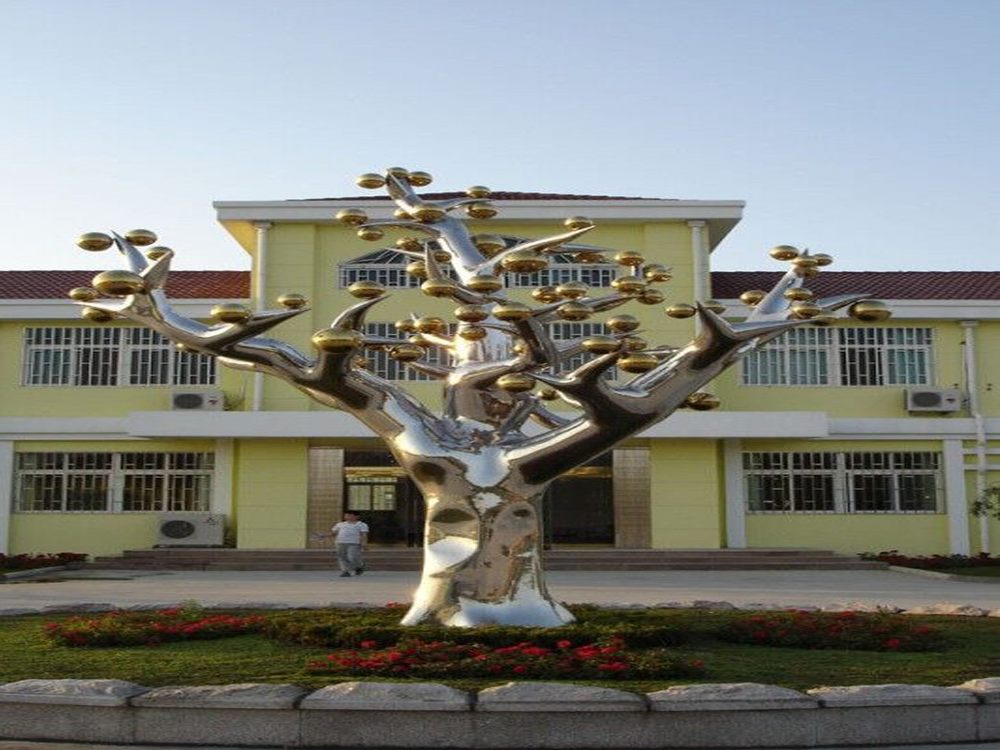
Creating kinetic stone sculptures for public spaces presents a unique set of challenges that blend artistry, engineering, and practicality. One major hurdle is the material itself—stone is heavy and brittle, making it difficult to achieve smooth movement without compromising structural integrity. Artists must carefully balance weight distribution and durability while ensuring the sculpture can withstand environmental factors like wind, rain, and temperature fluctuations.
Another challenge lies in the mechanical components. Unlike lighter materials, stone requires robust mechanisms to facilitate movement, which must be both durable and discreet. Maintenance is also a concern, as public installations face constant wear and tear. Additionally, securing permits and ensuring public safety adds layers of complexity, requiring collaboration with engineers and local authorities.
Finally, kinetic stone sculptures demand meticulous planning to harmonize aesthetic vision with functional design. The interplay between motion and stillness must captivate viewers while adhering to practical constraints. Despite these challenges, the result—a dynamic, enduring piece of public art—makes the effort worthwhile.

